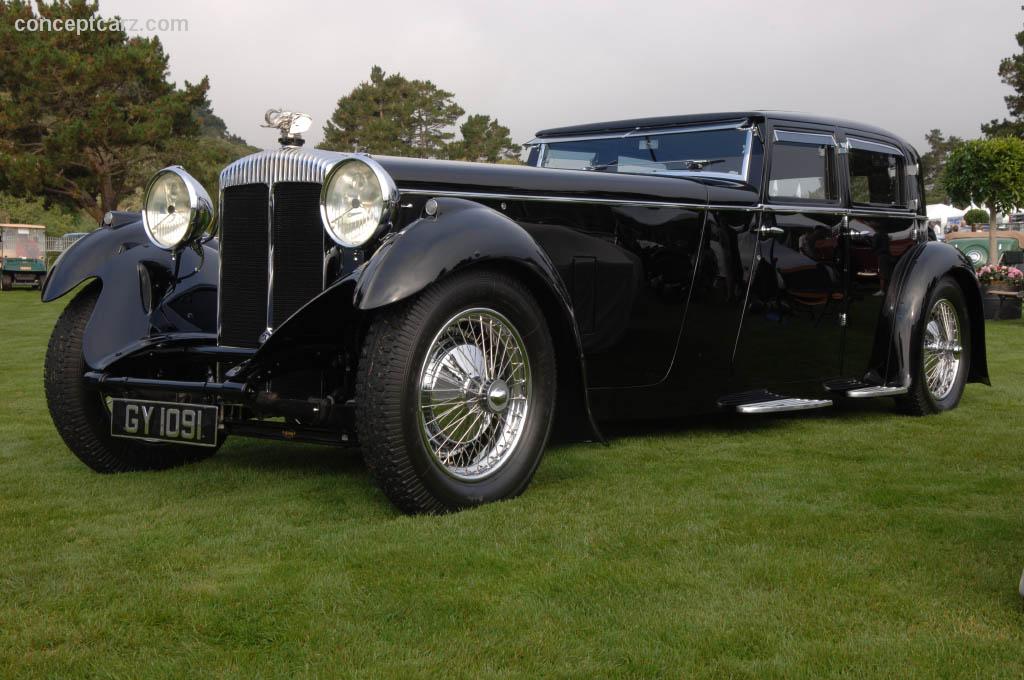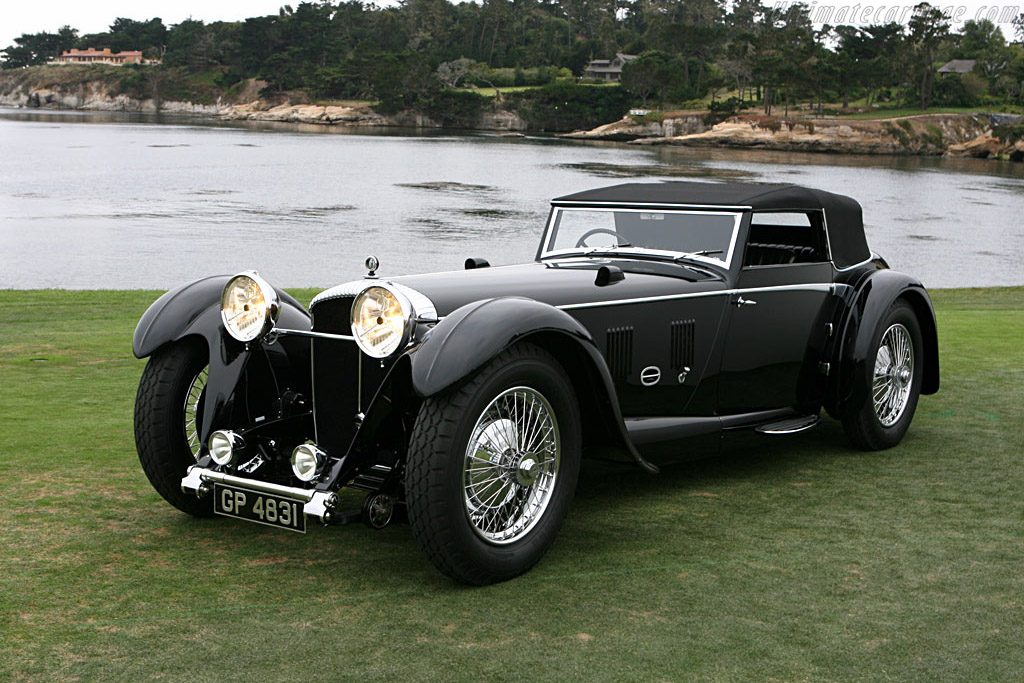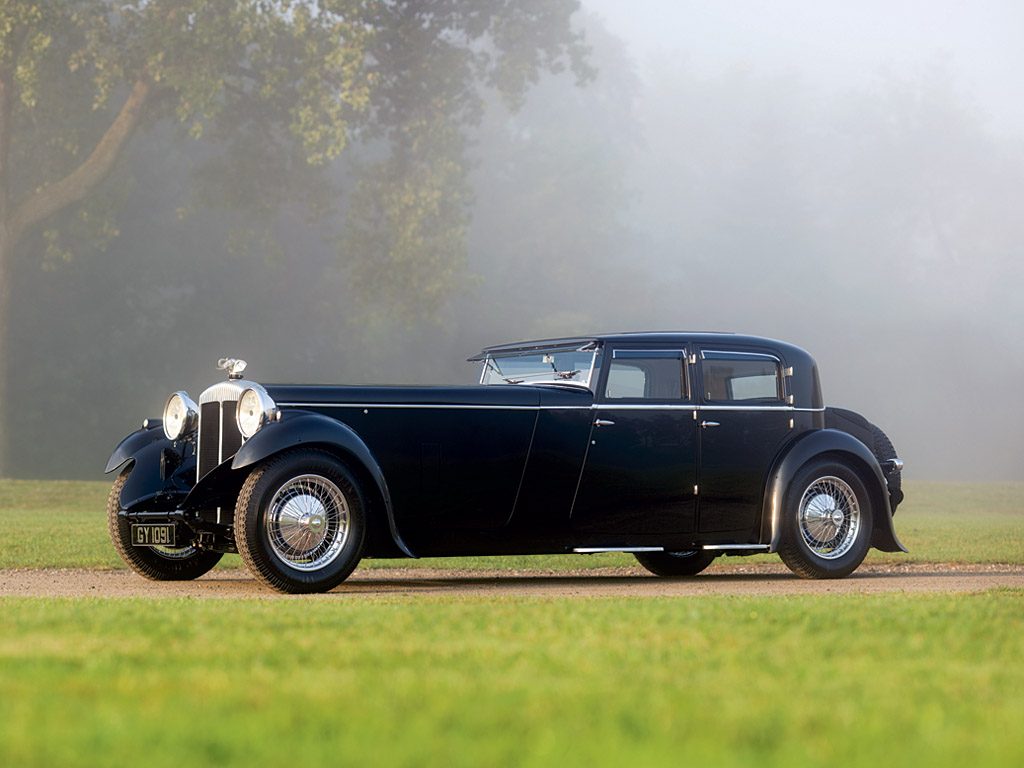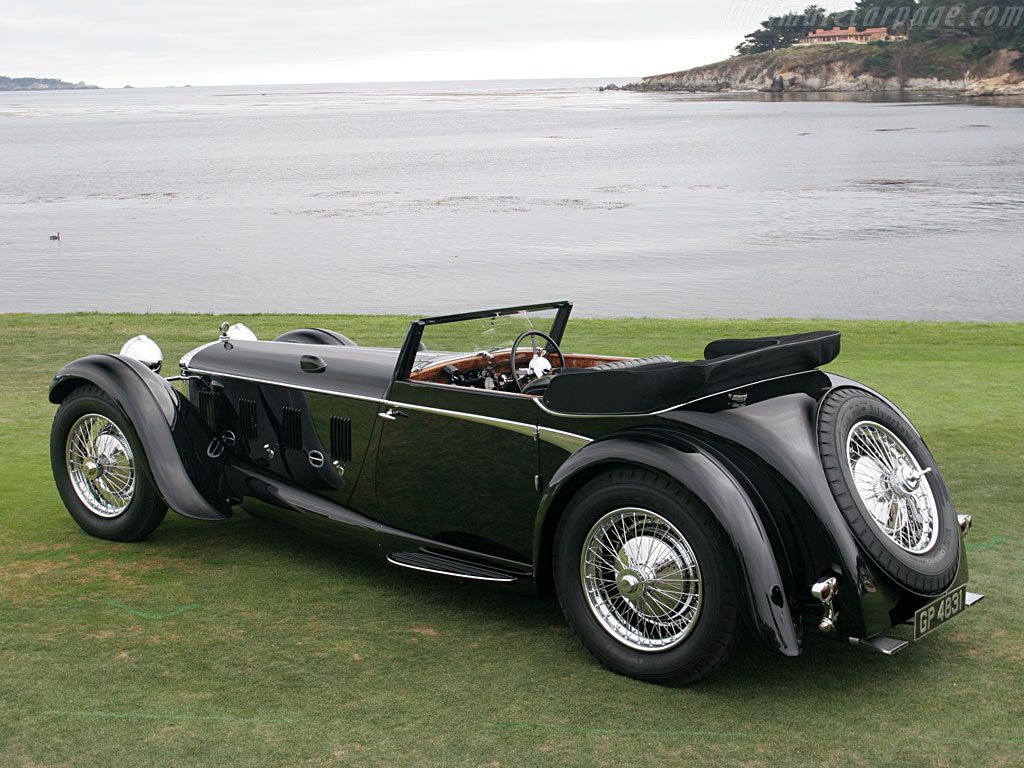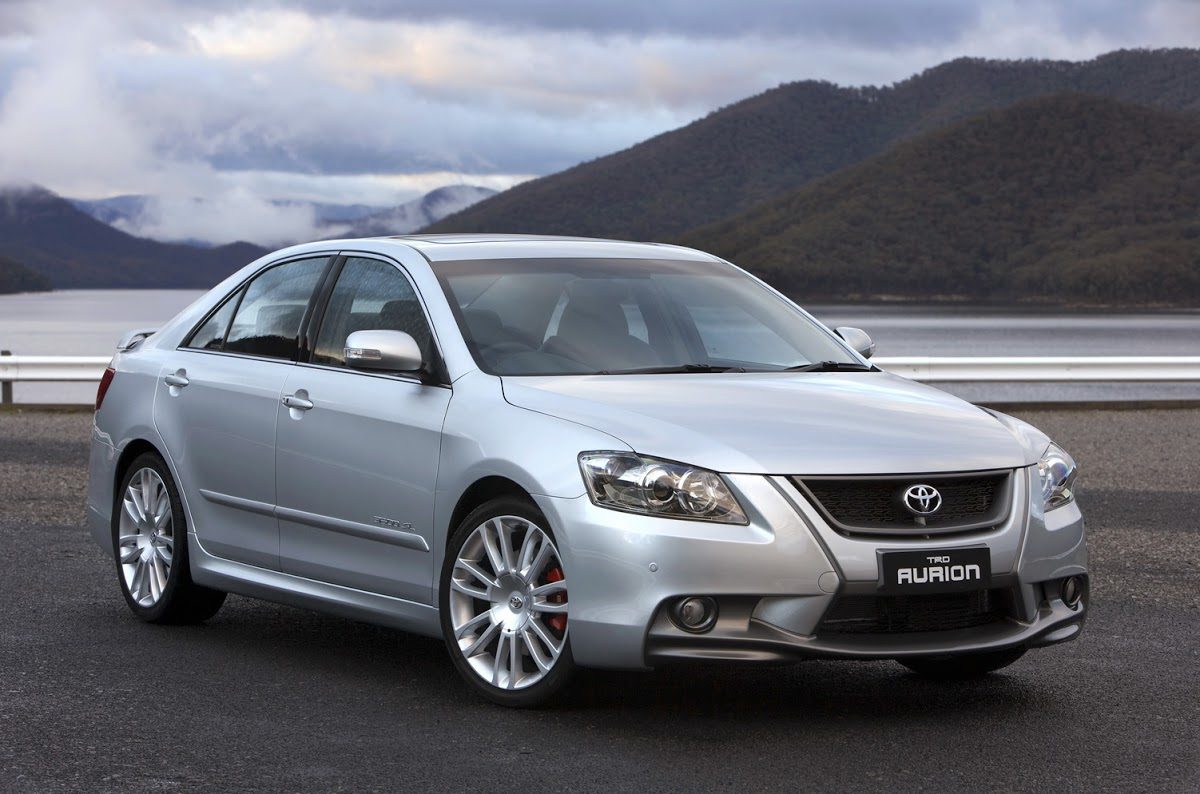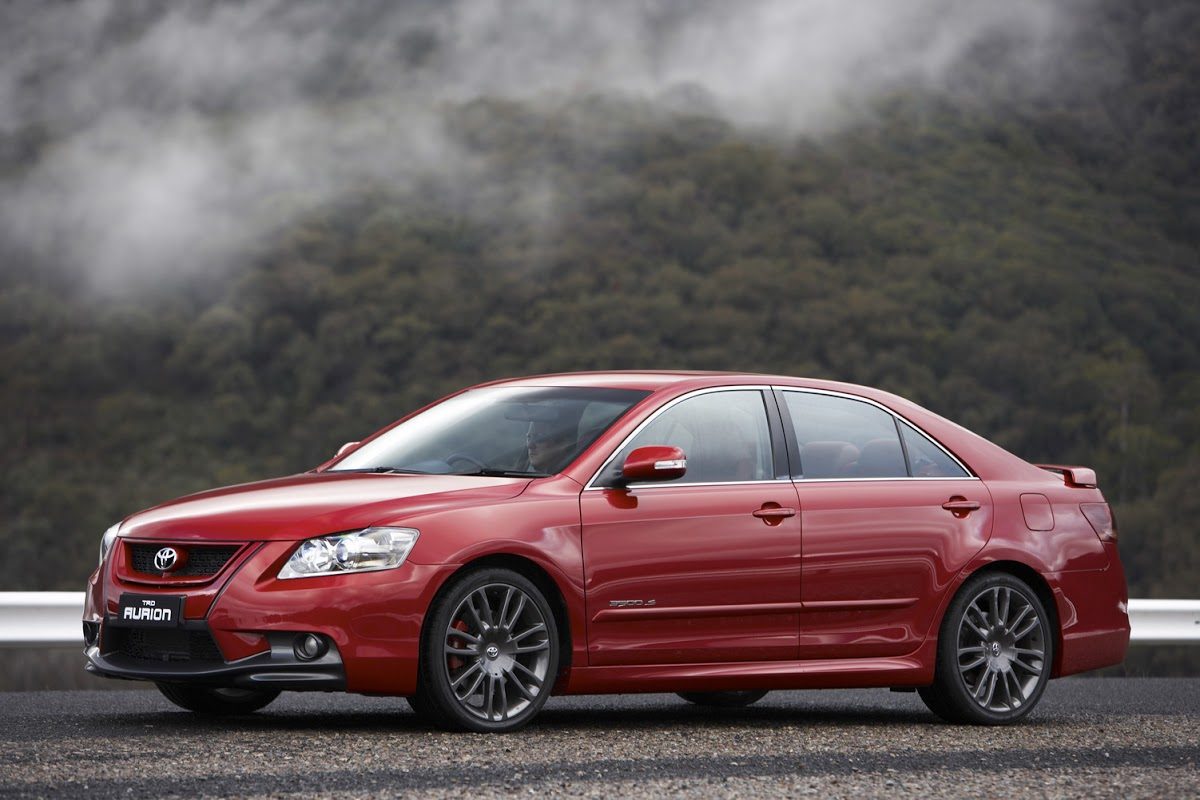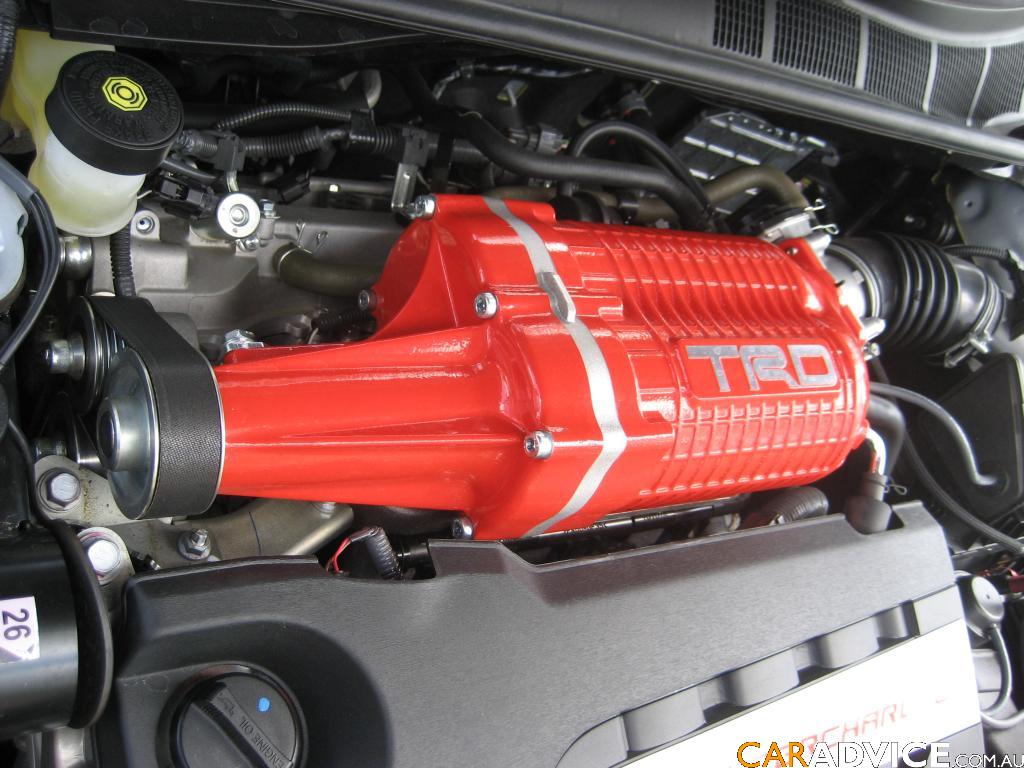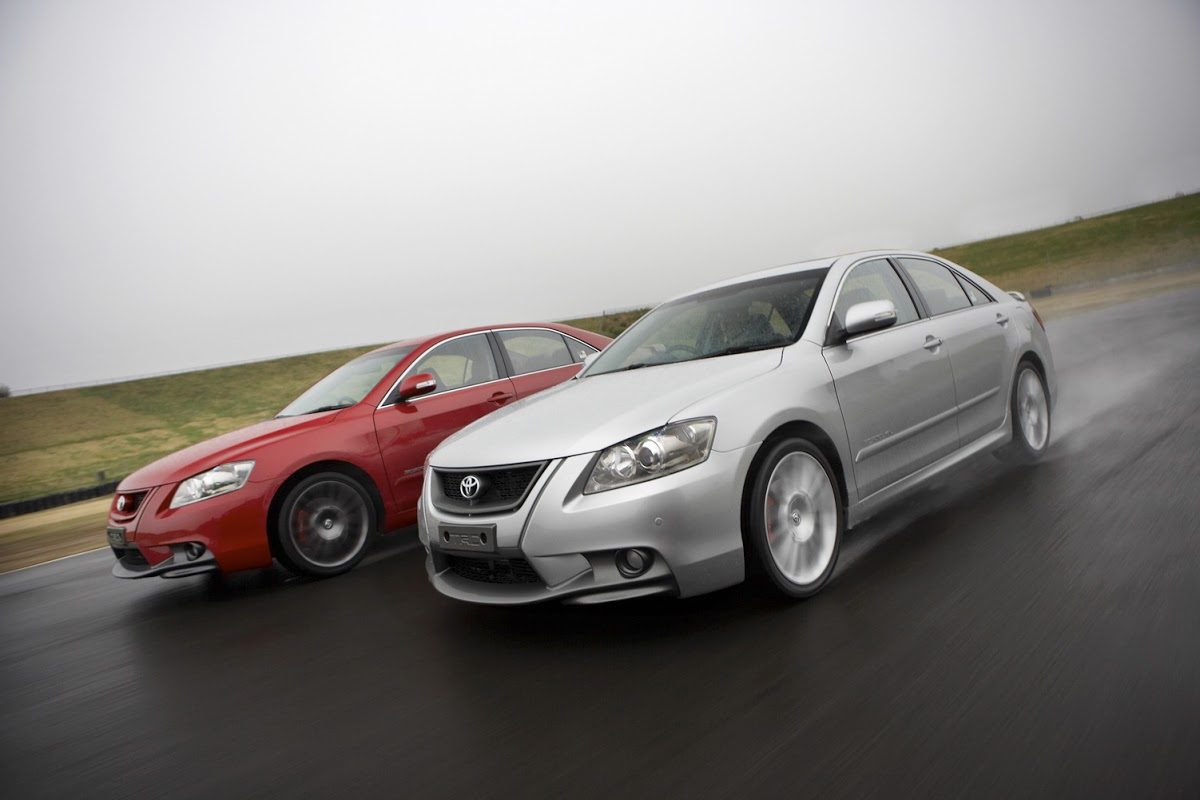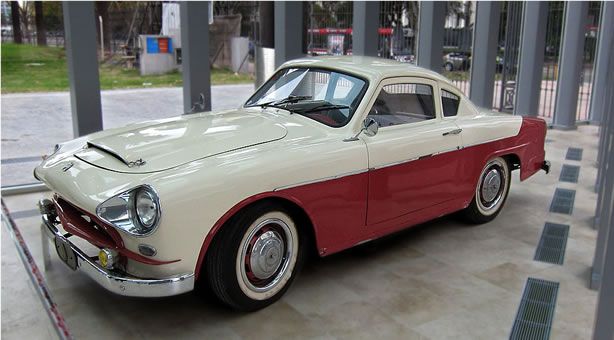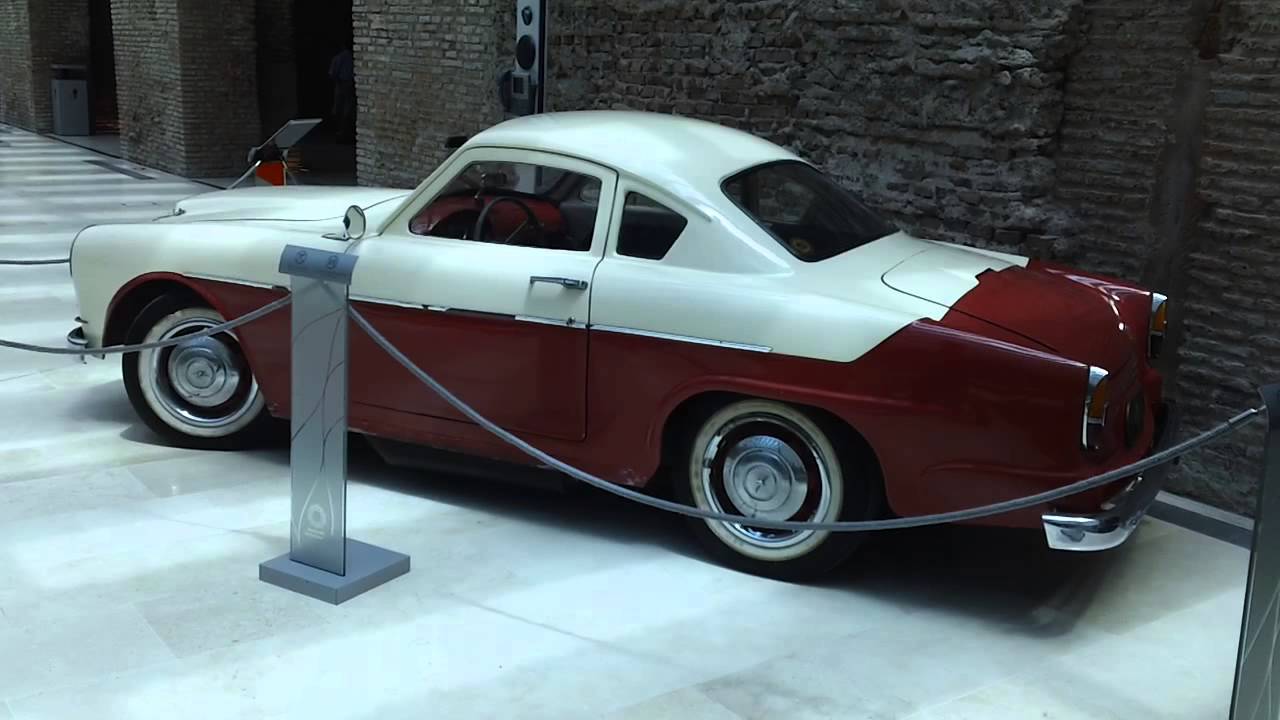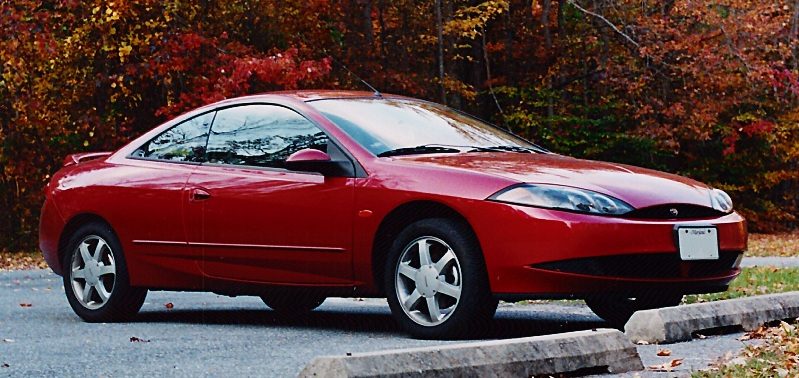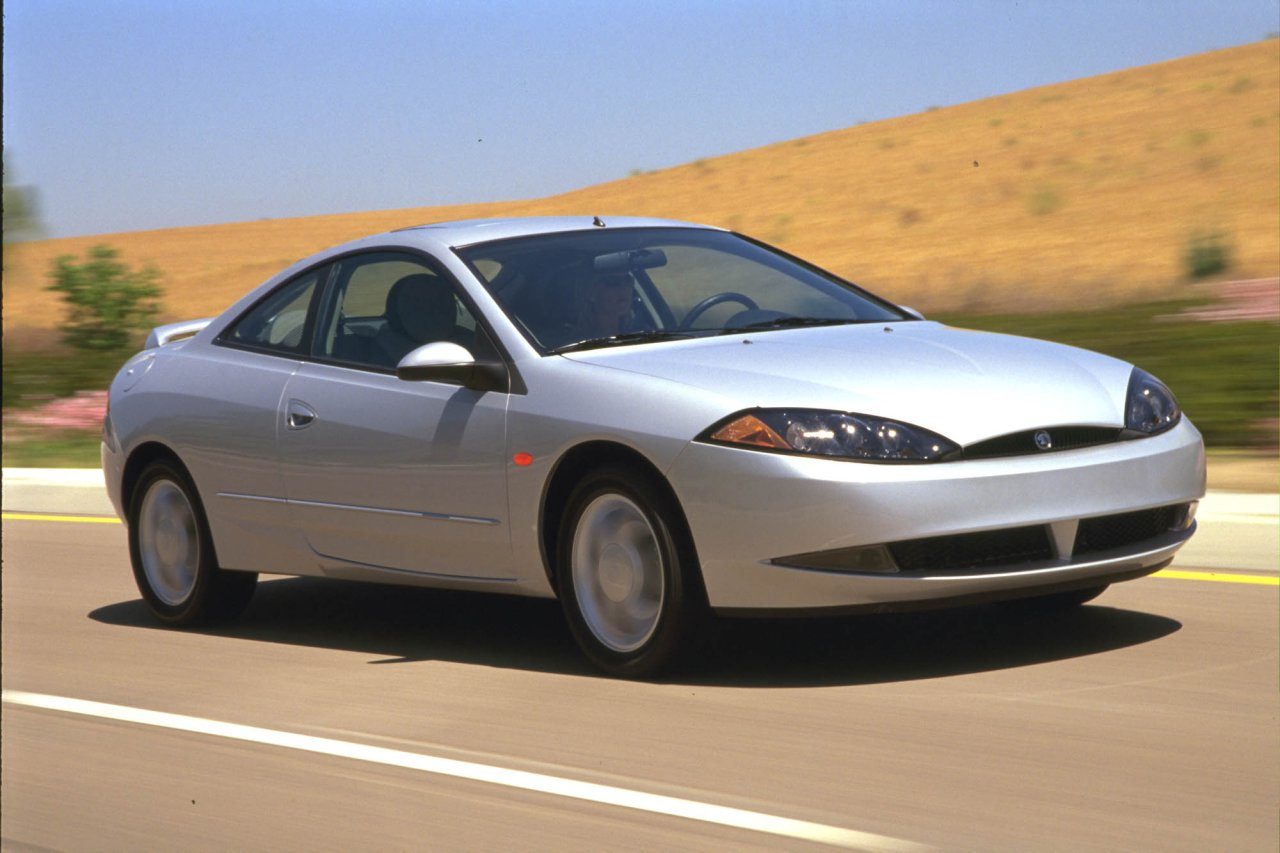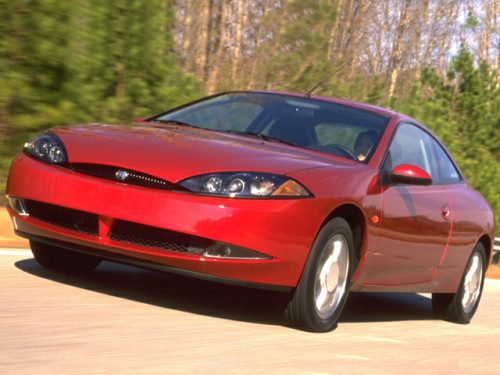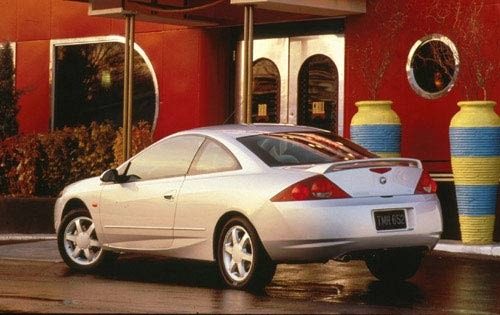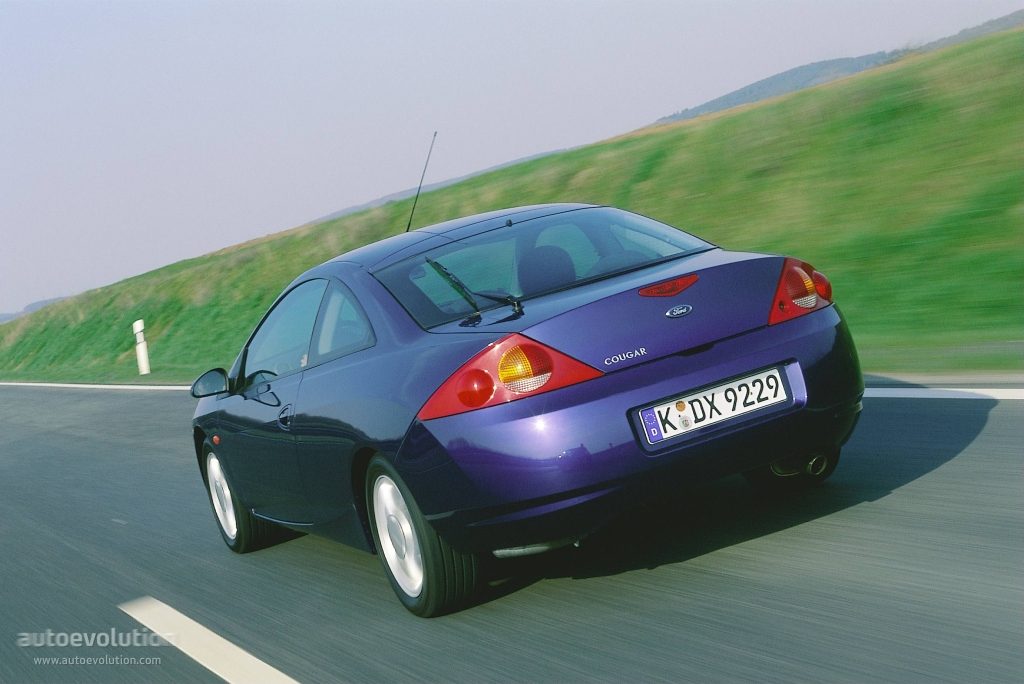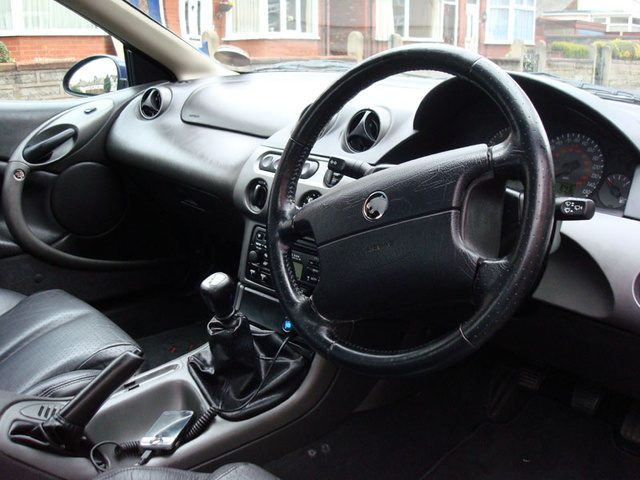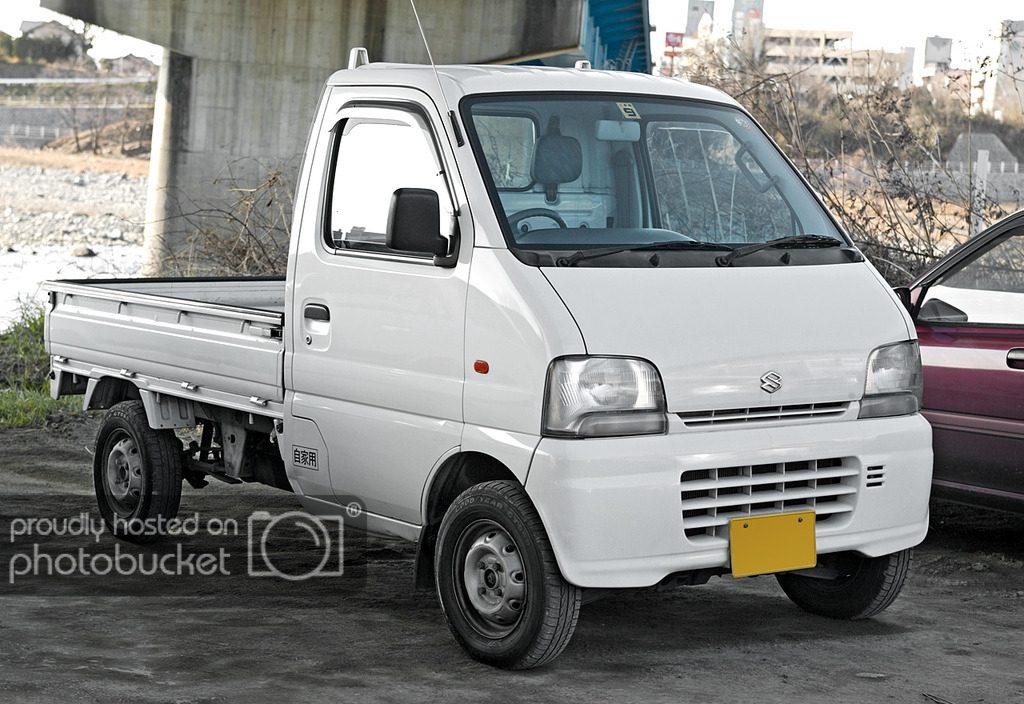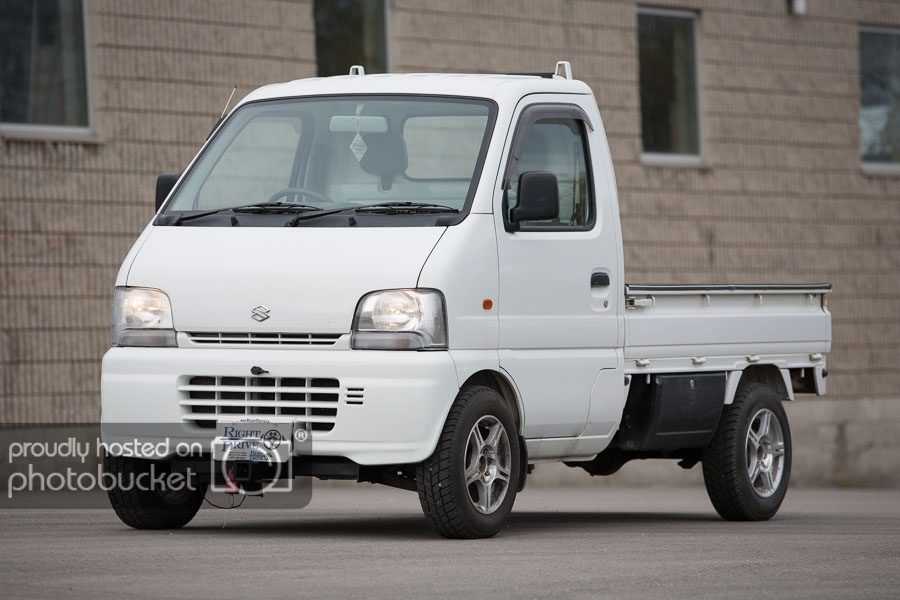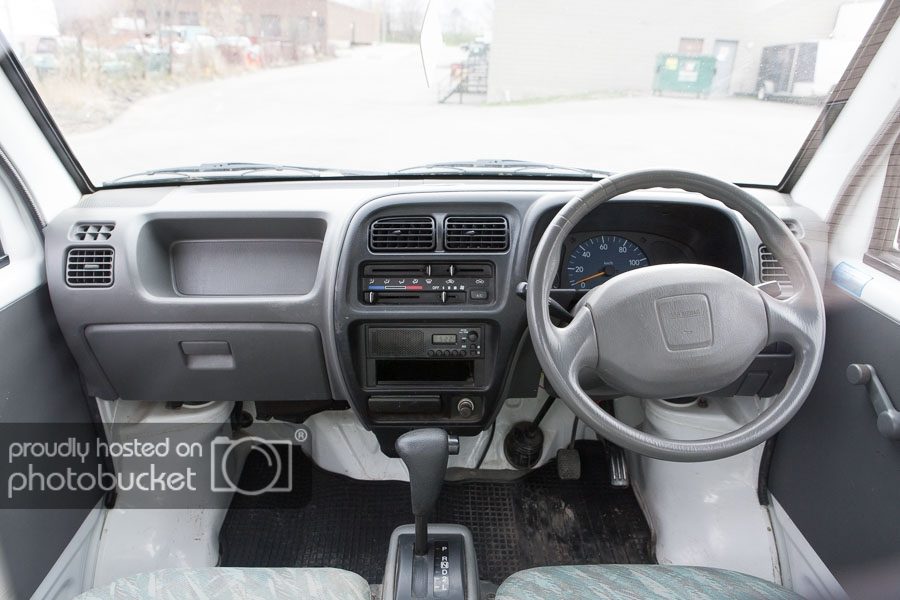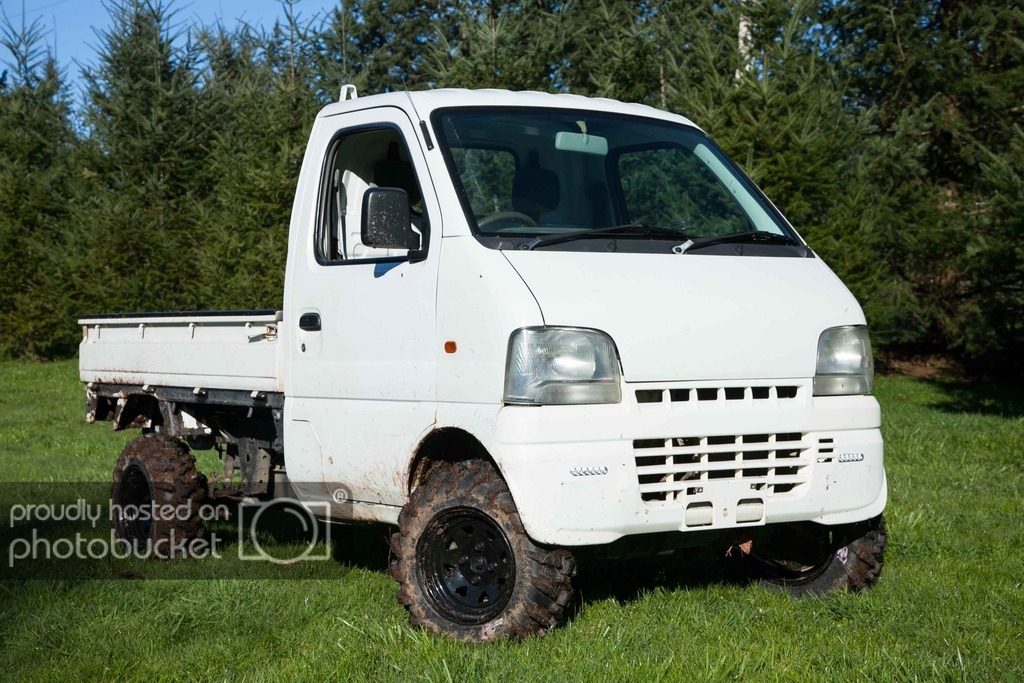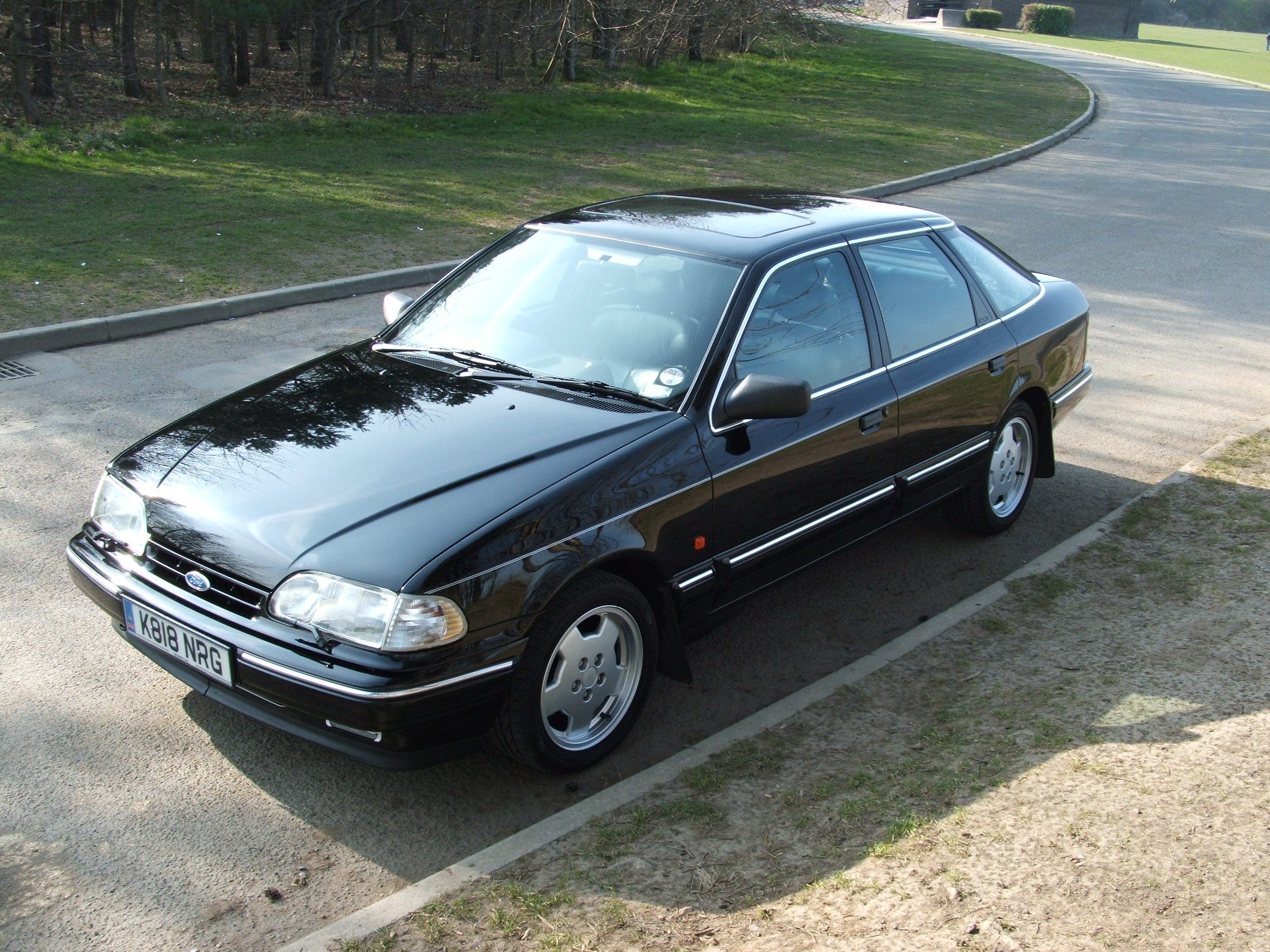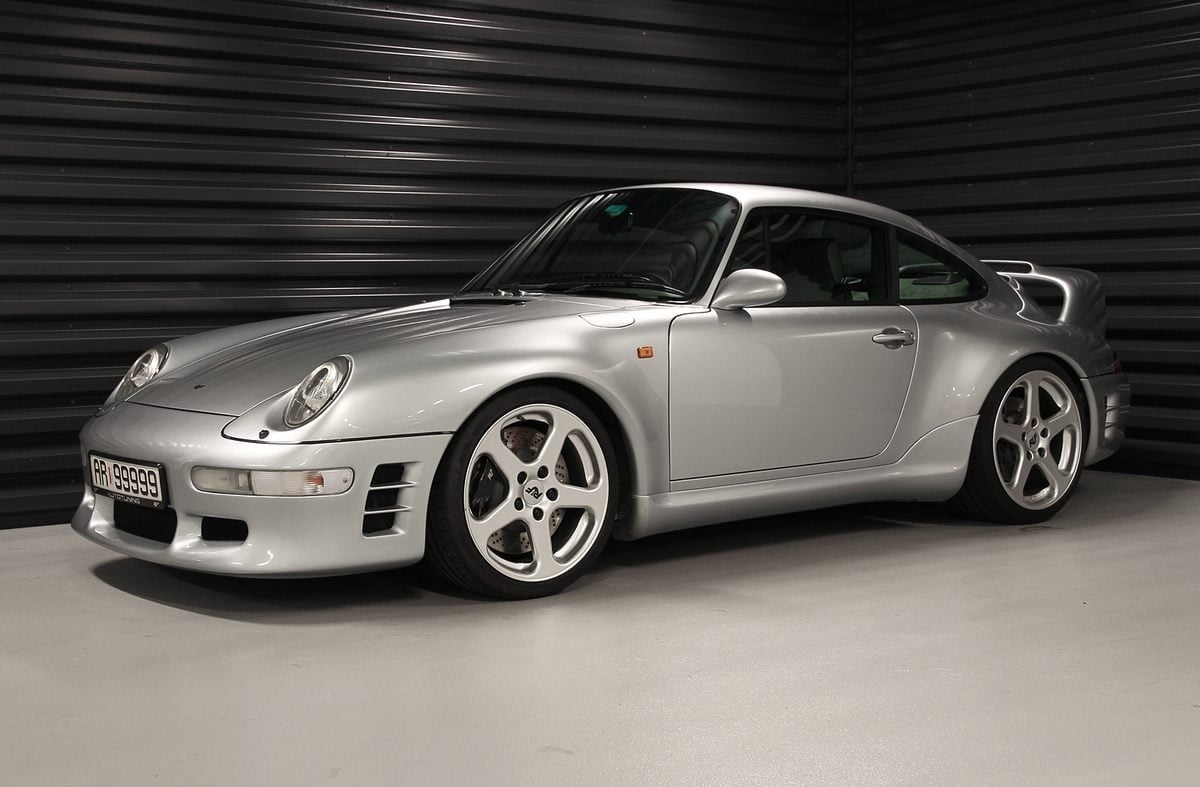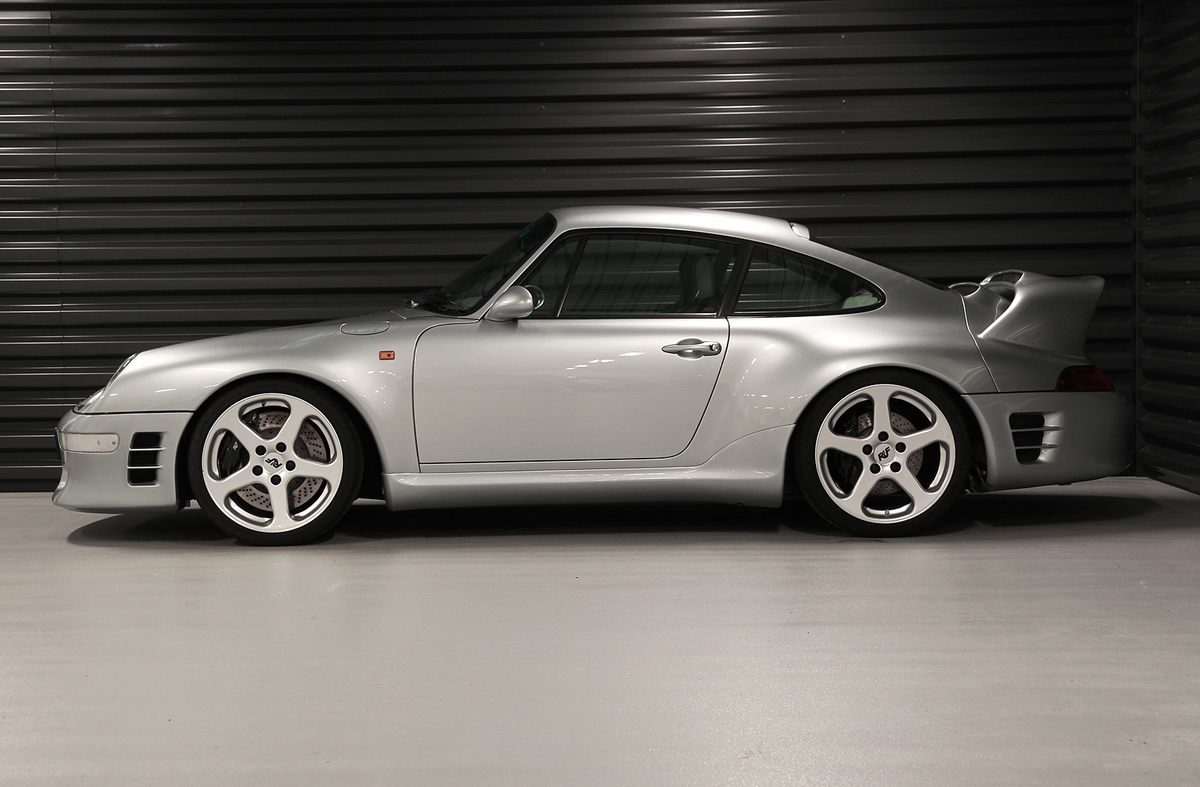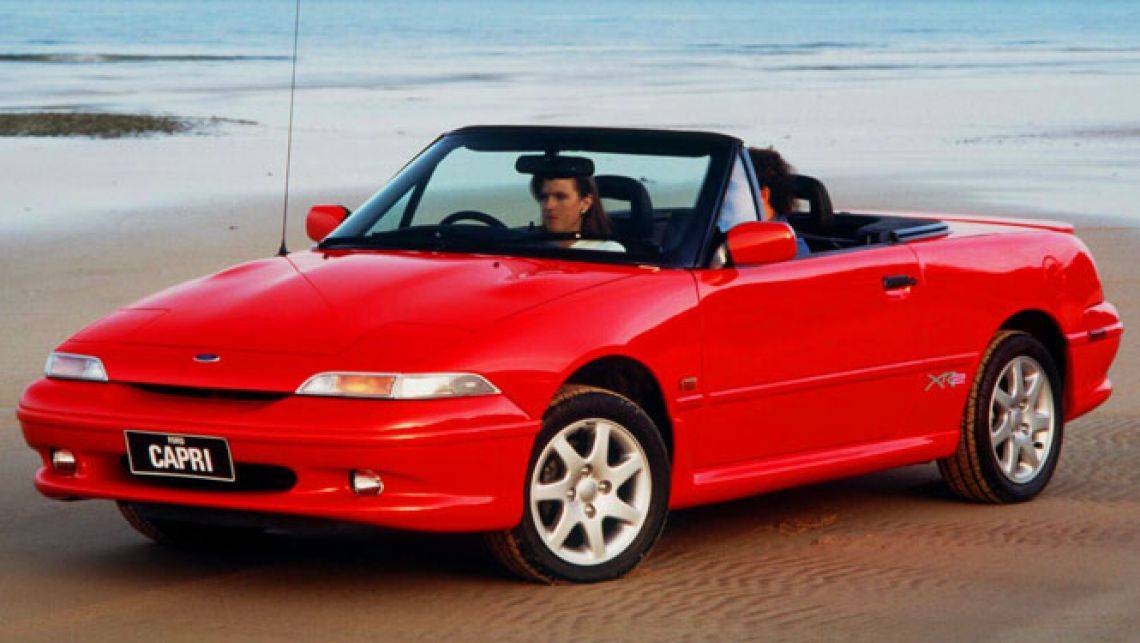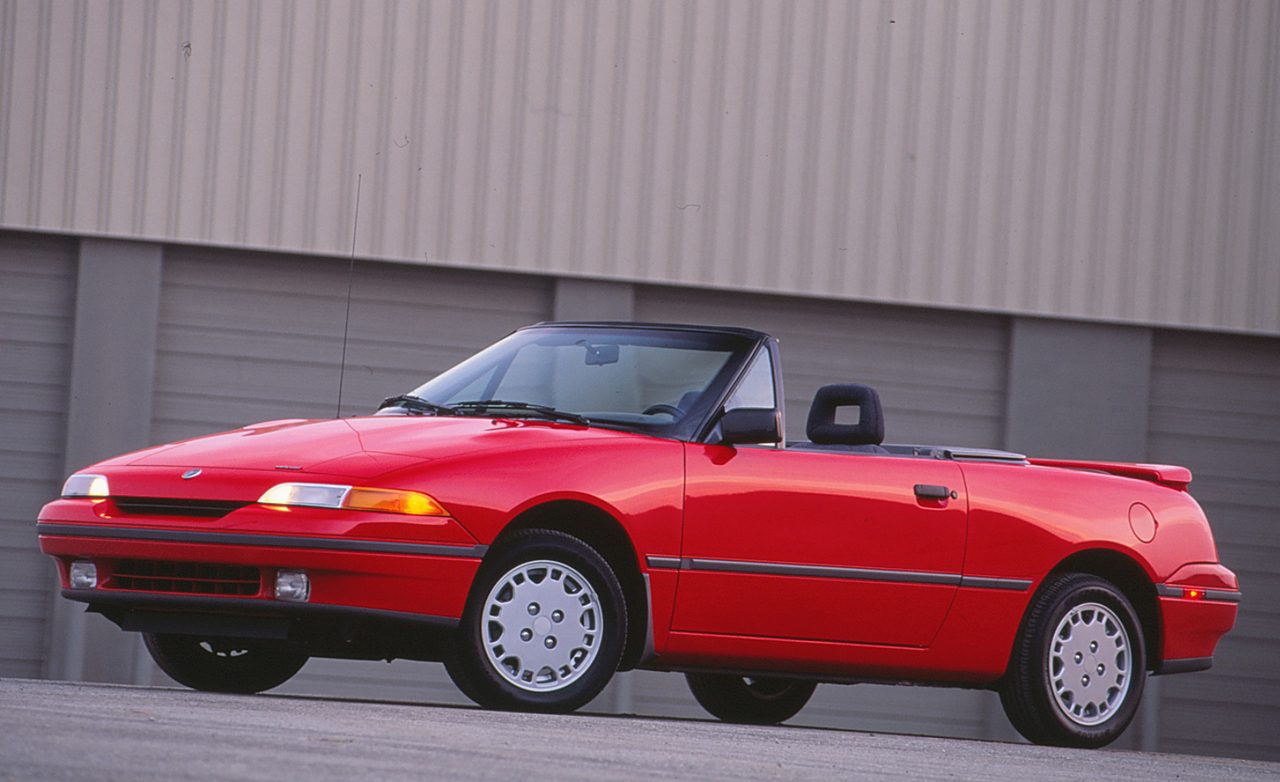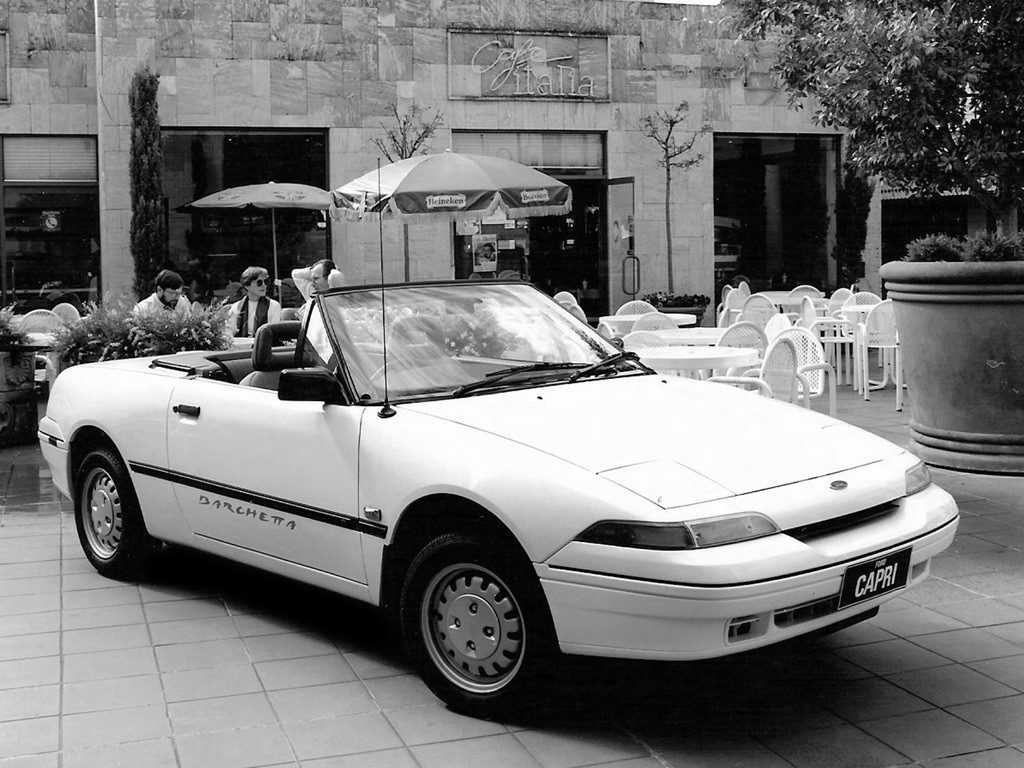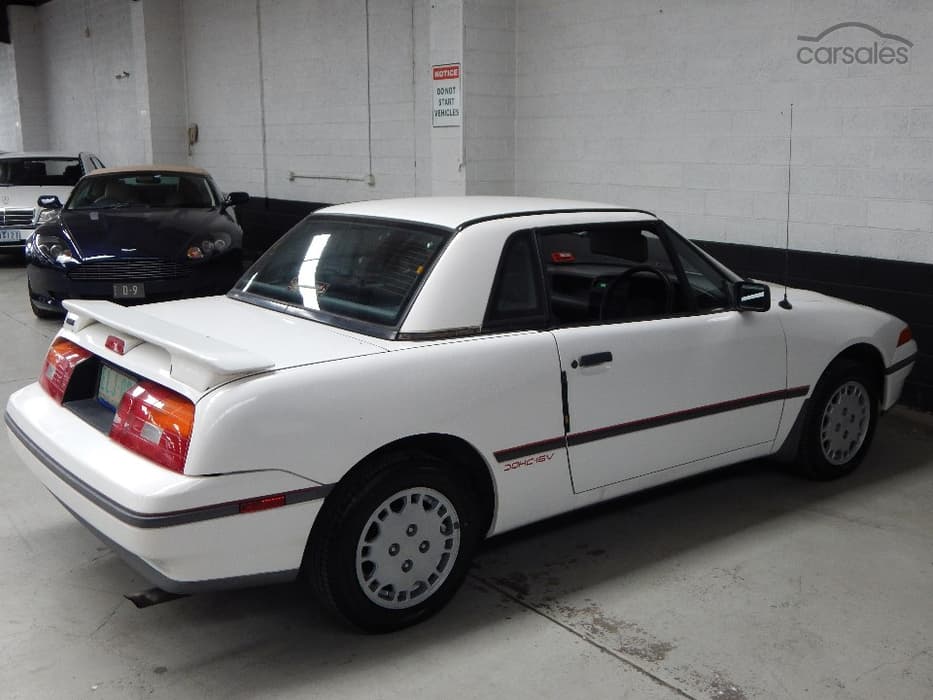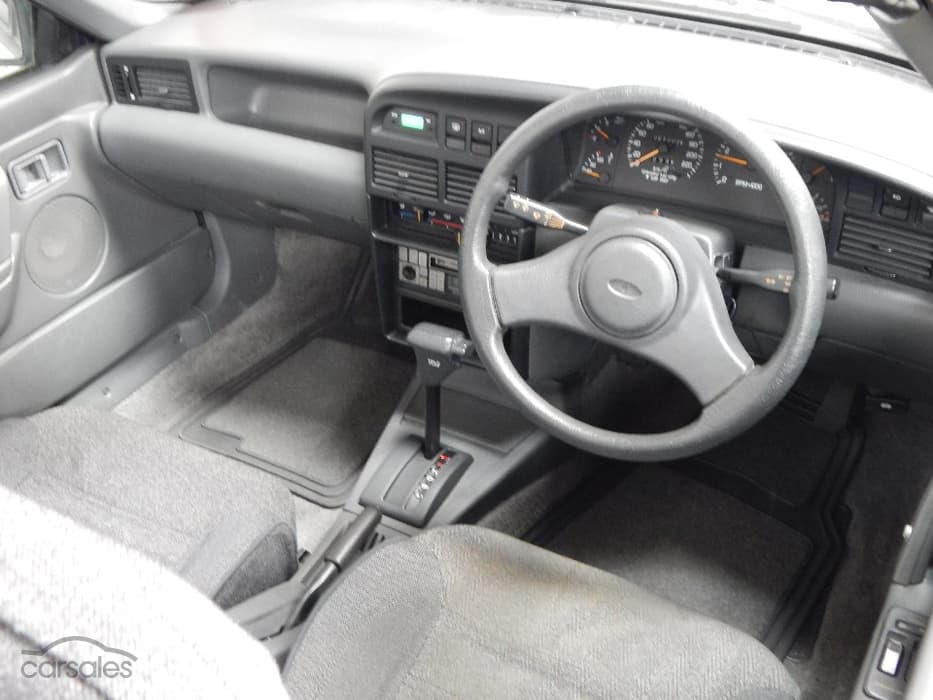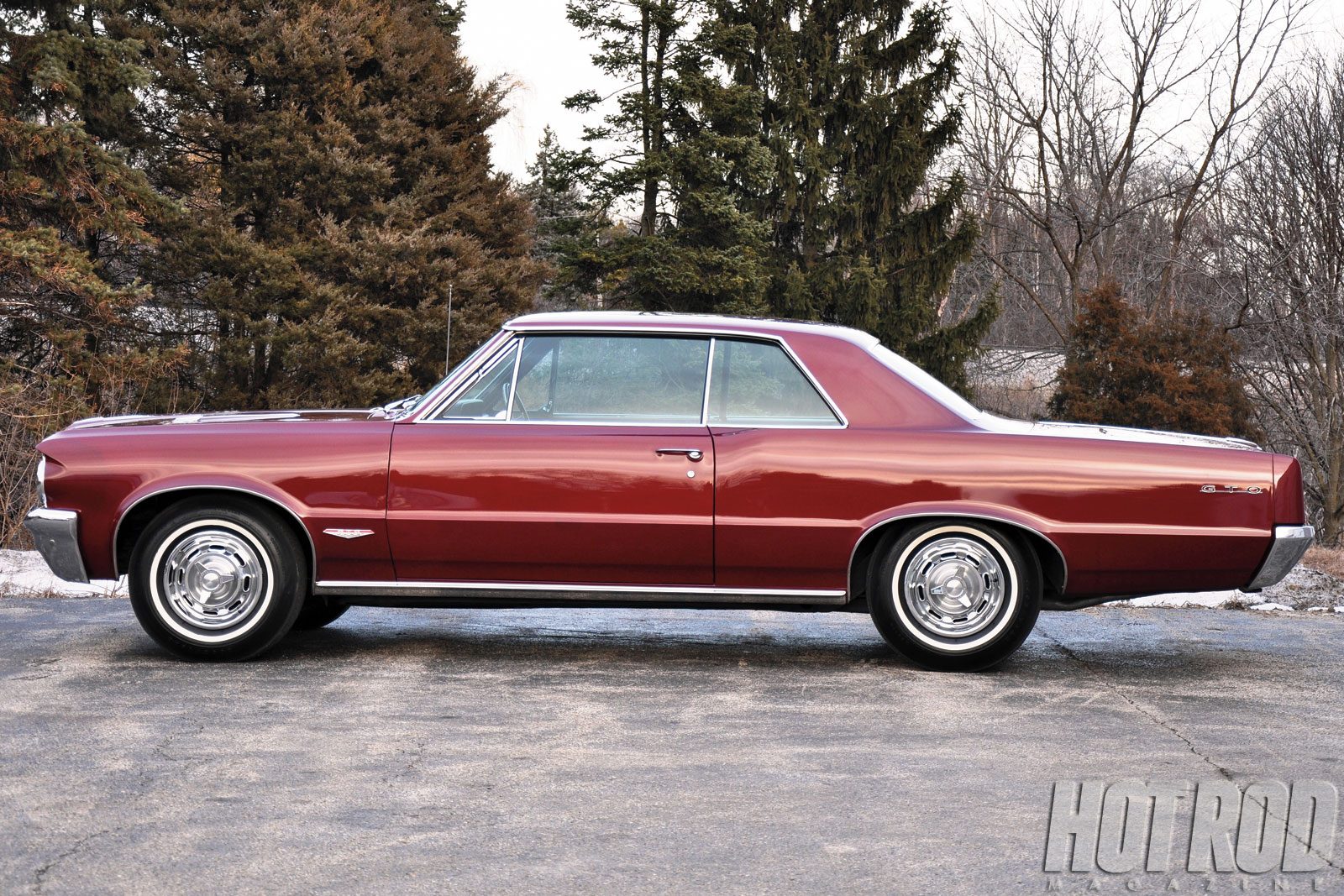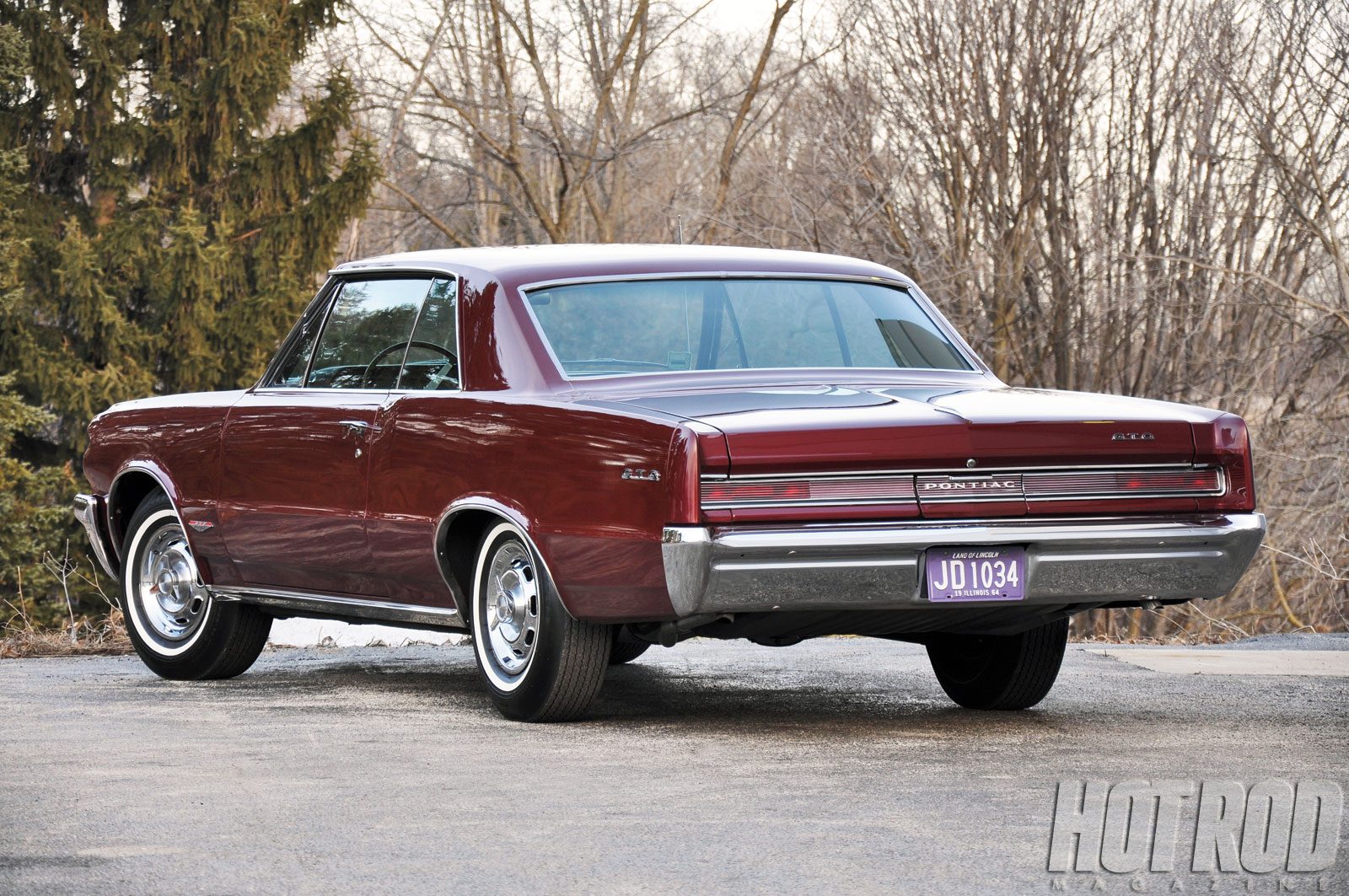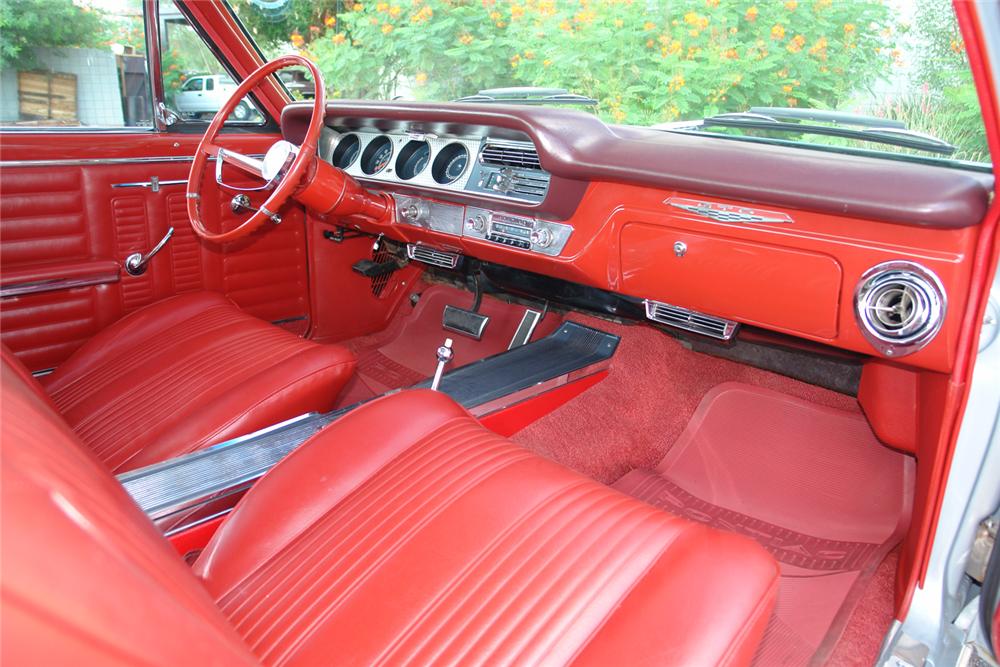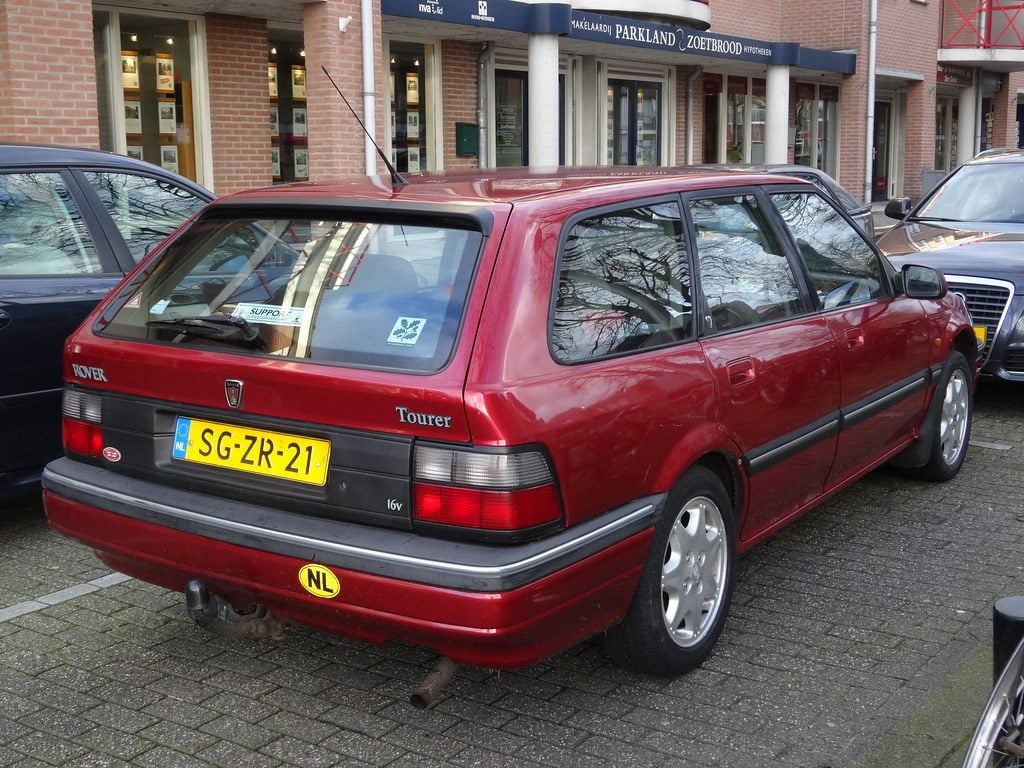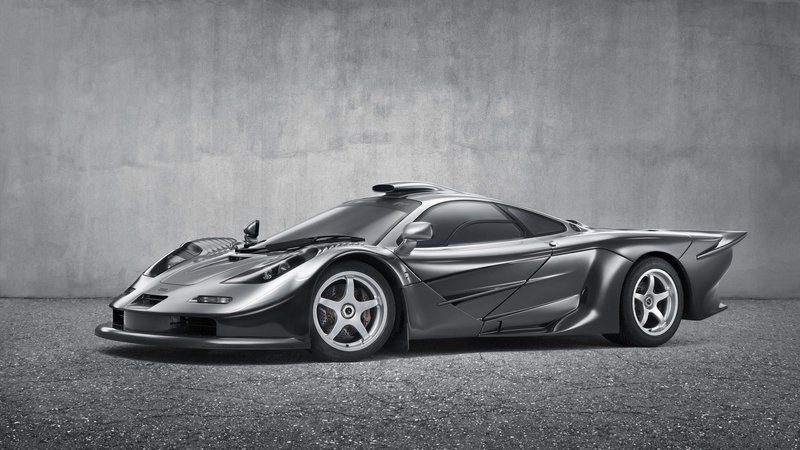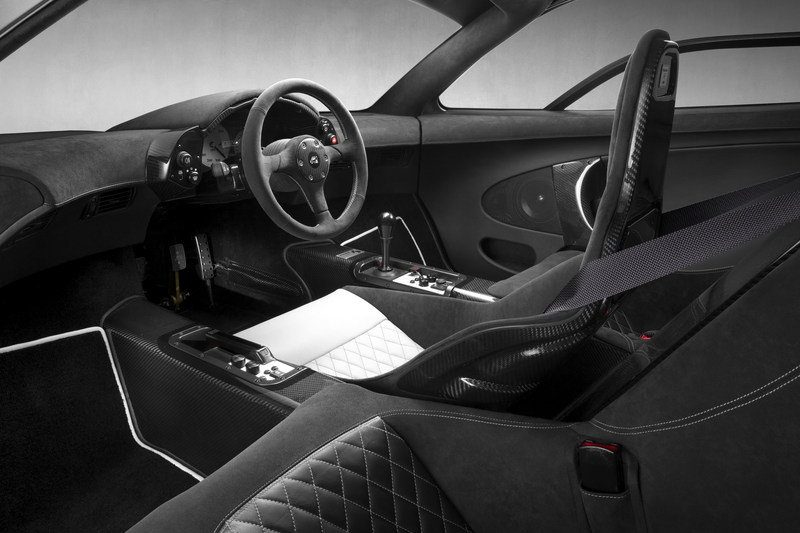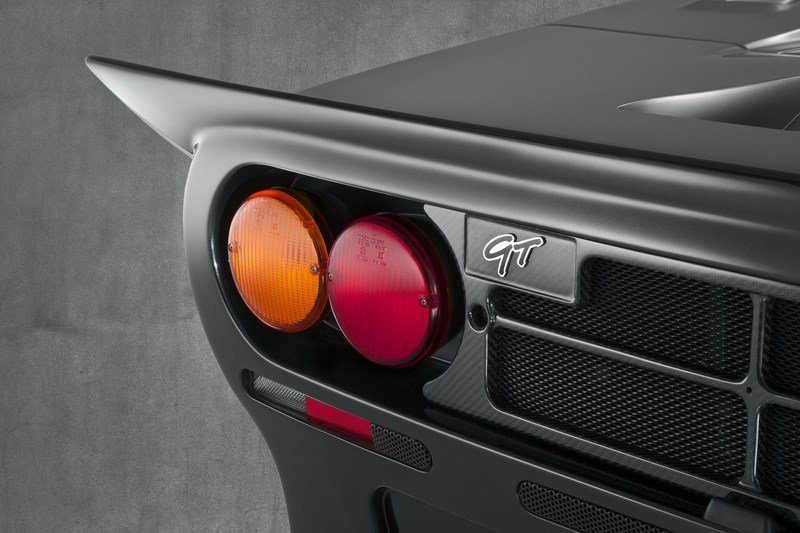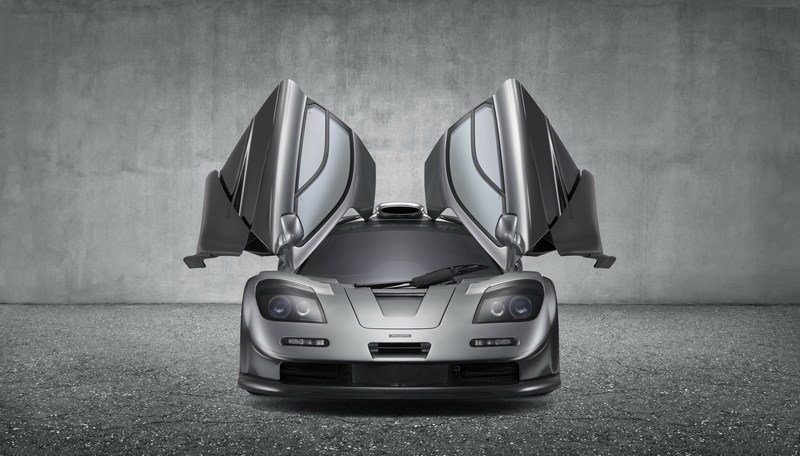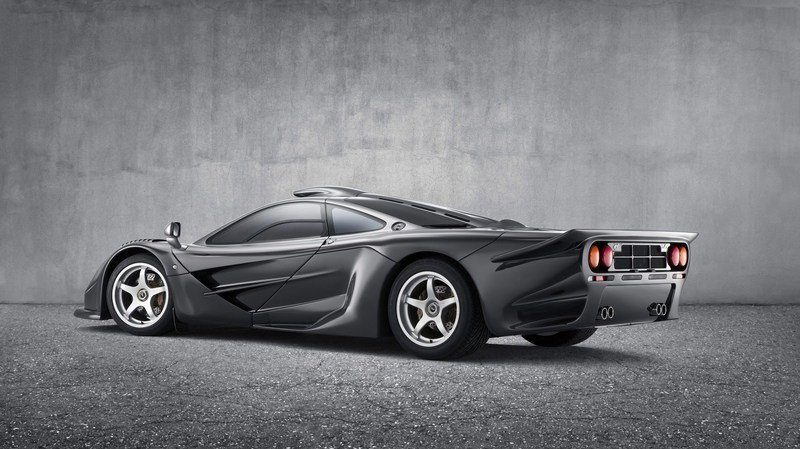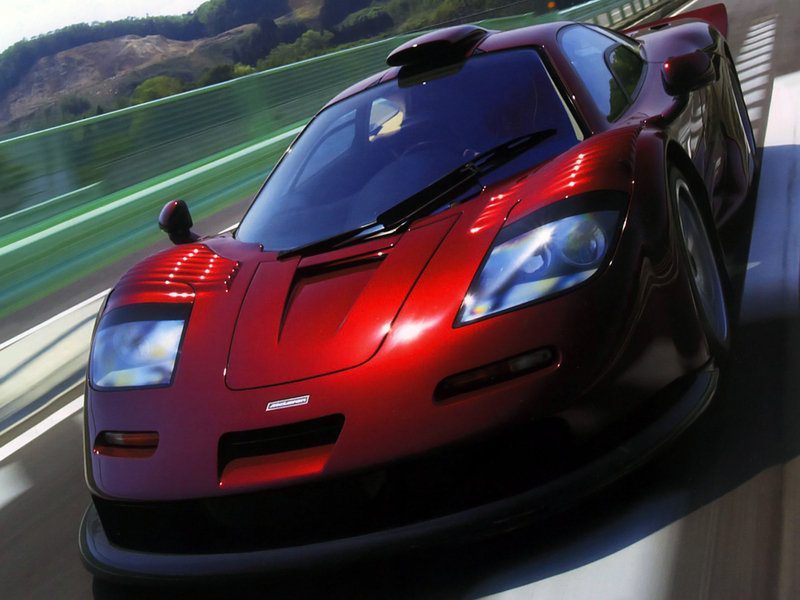Although conceived purely as a road car, the McLaren F1 triumphed against dedicated racing opposition to win the 24 Hours of Le Mans in 1995 on its first attempt. But keeping pace with the competition in the years that followed would require the F1 GTR sports racer to undergo a radical transformation, resulting in one of the rarest, most distinctive McLaren road cars of all: the F1 GT, nicknamed the ‘Longtail’.
Instantly recognisable by its extended bodywork, the road-going F1 GT was intended as a one-off, built solely to satisfy FIA homologation requirements, the rules that demanded any racing car for the 1997 season be matched by the availability of a road-legal equivalent. That incredible rear bodywork was designed to enhance the GTR’s effectiveness at high speed – the racing version, known as the F1 GTR ’97 ‘Longtail’, had an additional rear wing, towering above the engine cover, but the downforce from the distinctive swept-up spoiler was judged to be enough for the road-going GT.
Constructed, like the rest of the bodywork, from carbon fibre, the F1 GT’s tail is clearly its most remarkable feature – but it’s by no means the only modification that was made for the 1997 season. The nose was extended to provide further aerodynamic downforce; the wheel arches were flared over the larger 18-inch alloys; and to top it all off (quite literally), the roof-mounted snorkel was enlarged to feed the 6.1-litre V12 with air. Altogether, the GT is over 600mm (two feet) longer than a standard McLaren F1 road car, as well as being over 100mm (four inches) wider.
Beneath this striking bodywork, the F1 GT came with a standard road car transmission. But the ‘Longtail’ did gain unique, remote-reservoir suspension dampers to cope with the extra downforce, and while the competition GTR version was required to run air restrictors, limiting power to 600bhp, the GT road car was not forced to endure such shackling, and could reach the full 627bhp.
With only three months to complete the project, McLaren pulled out all the stops to produce the required road car in time for the deadline, which was set for the season’s first race, even going so far as to produce a customer brochure. But as the new season loomed, it became clear that other manufacturers had failed to manage the same feat. The homologation deadline was extended to the final race of the season, effectively allowing McLaren’s competitors to field bespoke racing machines for the 1997 FIA GT championship.
While it’s fascinating to imagine what McLaren might have created working from the same blank sheet of paper, the F1 GTR ‘Longtail’ still achieved considerable success in 1997, driven by the likes of JJ Lehto, Steve Soper, Thomas Bscher and Ray Bellm, plus Chris Goodwin, who went on to become Chief Test Driver for McLaren Automotive. The ‘Longtail’ racers won five of the 11 FIA GT rounds that year, and finished second and third at the 24 Hours of Le Mans in 1997 against a strong field of prototype racing cars.
Although McLaren initially intended to produce just one road car to fulfil the eligibility requirements, it was always open to the possibility that there could be customer demand for such a machine. In fact, two further GT road cars were commissioned by existing F1 customers and completed in 1997, shortly before the end of F1 production. Both examples remain with private collectors. However, the car pictured here, ‘XP GT’, is still owned by McLaren, and is kept at the McLaren Technology Centre in Woking, England. Finished in a deep bottle green, it’s arguably the most valuable of all, as this is the original, built for homologation.
The story of the ‘Longtail’ is not over though, and nearly 20 years after the ultimate evolution of the F1 was built, McLaren will unveil a new ‘Longtail’ at the 2015 Geneva Motor Show. The 675LT will stay true to the spirit of its iconic predecessor, with a focus on performance-optimised aerodynamics, increased downforce and reduced weight. It will be purest, most involving series-production McLaren supercar to date, and will join the McLaren Super Series later this year as a more track focused alternative to the established 650S coupé and Spider.

